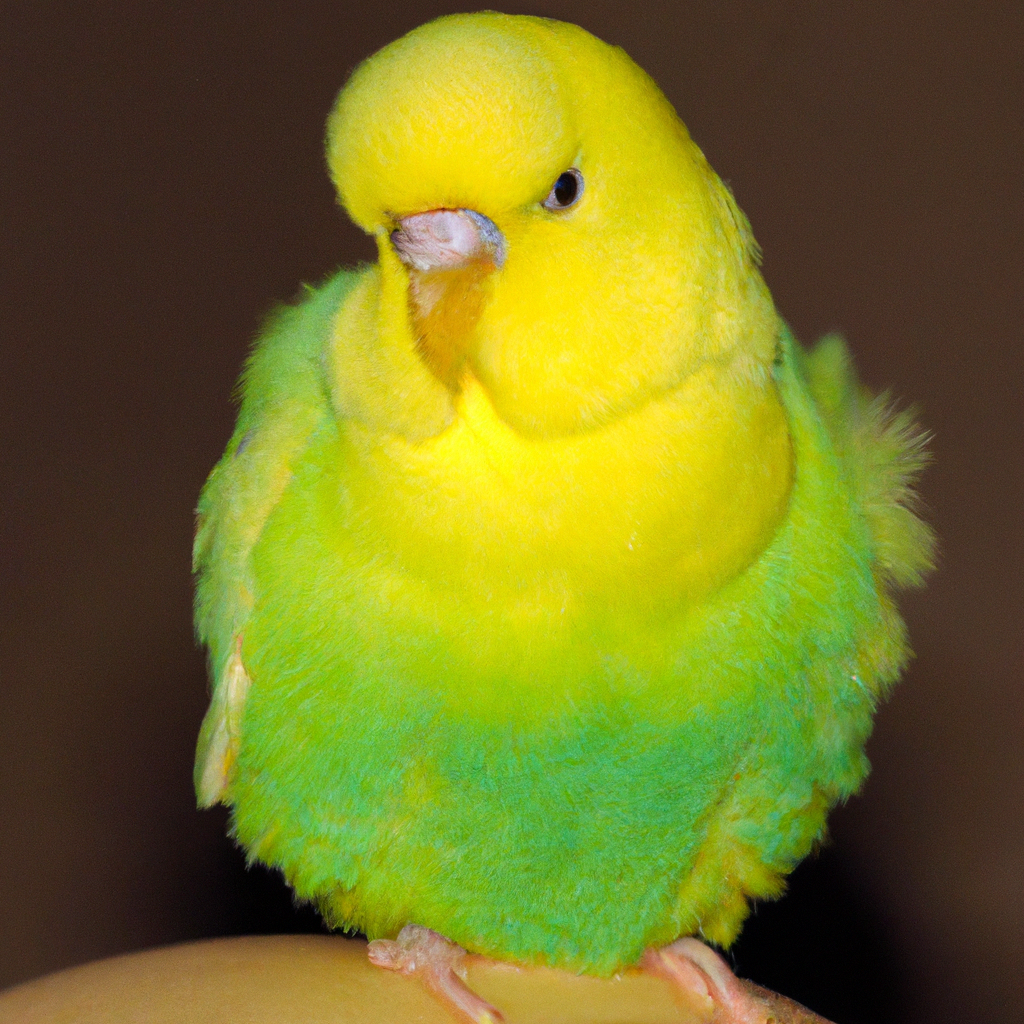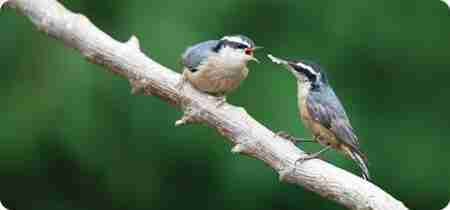In the fascinating world of parakeets, one behavior that catches our attention is their tendency to puff up. When parakeets fluff out their feathers, they create a layer of air that acts as insulation. It’s a natural behavior that parakeets display in various situations, and by observing their body language, we can gain insight into what they are trying to communicate. Puffing up can be a positive sign, indicating happiness, excitement, or relaxation. However, it can also be a sign of illness or discomfort. Understanding why parakeets puff up and how to interpret their behavior is crucial for providing the best possible care for these delightful birds. By recognizing negative signs and taking appropriate action, we can ensure their well-being and address any underlying health issues. Creating a calm environment, providing companionship, and offering mental stimulation are key ways to alleviate distress in parakeets.
Why Parakeets Puff Up
Parakeets, also known as budgerigars, may often be seen puffing up their feathers. This behavior serves several important purposes for these small birds. By fluffing out their feathers, parakeets create an insulating layer of air, which helps them regulate their body temperature. Puffing up is a natural behavior exhibited by parakeets in various situations, and understanding its meaning can provide valuable insights into their well-being.
Interpreting Parakeet Puffing Behavior
Observing a parakeet’s body language is key to understanding the message they are communicating through their puffing behavior. Positive signs of puffing up include happiness, excitement, and relaxation. When a parakeet is feeling content and secure in its environment, it may puff up its feathers as a display of comfort. On the other hand, puffing up can also be a sign of illness or discomfort, indicating the need for closer attention and care.
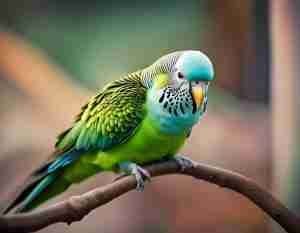
Fluffing out feathers for insulation
One of the primary reasons parakeets puff up their feathers is to create an insulating layer of air. By trapping air between their feathers, parakeets create a buffer against the cold, providing a natural form of insulation. This fluffing action helps them regulate their body temperature and stay warm in various environments. By puffing up, parakeets can adjust their feather position to optimize their thermal comfort.
Natural behavior in various situations
Parakeets exhibit puffing up behavior in a variety of situations. It is not uncommon for a parakeet to puff up when it is feeling relaxed and comfortable. Additionally, parakeets may also puff up when they are feeling excited or curious about something in their surroundings. Understanding the reasons behind parakeet puffing behavior can help caregivers gauge their bird’s emotional state and respond appropriately.
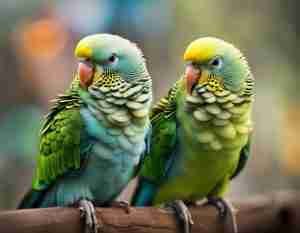
Regulating body temperature
Regulating body temperature is another crucial function served by parakeet puffing behavior. Parakeets are highly sensitive to temperature changes, and by fluffing up their feathers, they can maintain a comfortable body temperature. When it is colder, the air trapped between their feathers acts as an insulator, helping them conserve heat. Conversely, when it is warmer, puffing up can help increase air circulation around their bodies.
Observing body language
To interpret a parakeet’s puffing behavior accurately, it is essential to pay attention to their body language. Visual cues such as changes in posture and feather position can provide valuable insights into the bird’s mood and comfort level. A relaxed parakeet may exhibit an open posture with feathers slightly fluffed up, while a stressed parakeet may have feathers tightly pressed against its body.
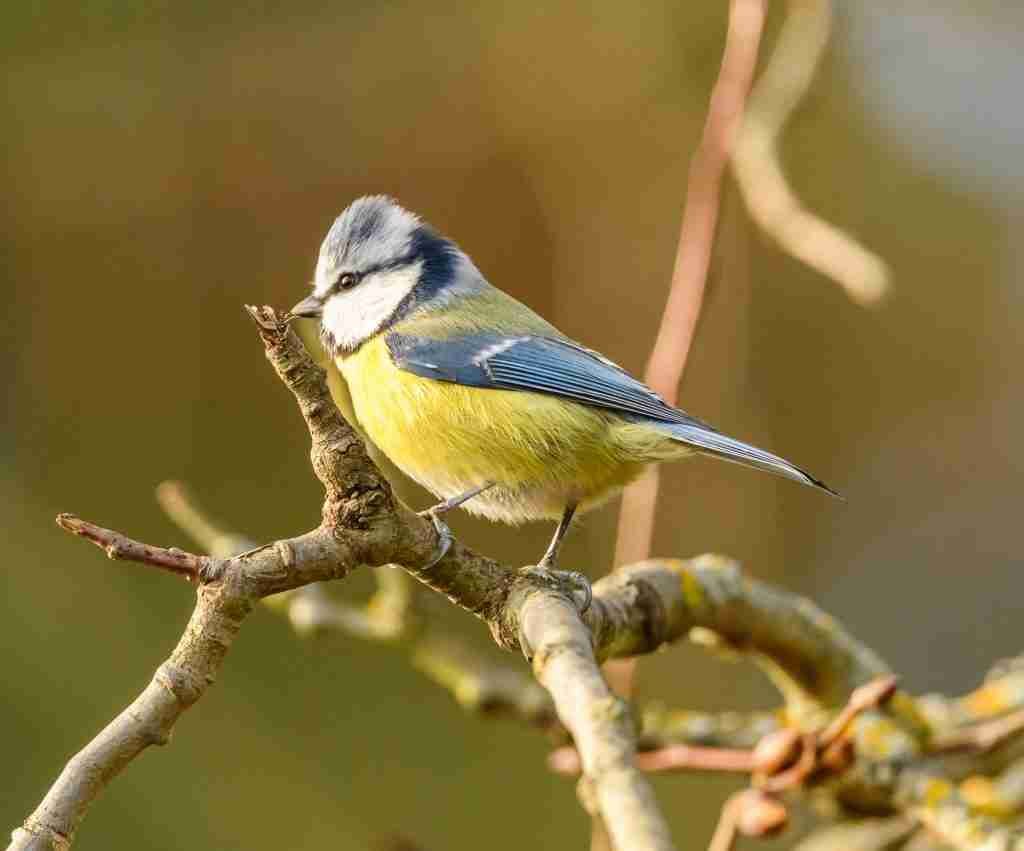
This image is property of images.pexels.com.
Positive signs
When a parakeet is feeling happy and content, puffing up its feathers can be a positive sign. This state of relaxation indicates that the bird feels safe and secure in its environment. Excitement and curiosity can also manifest in puffing up behavior, showcasing the parakeet’s interest and desire to explore its surroundings.
Negative signs
While the majority of puffing up behavior in parakeets is harmless, certain negative signs should not be overlooked. Aggression and territorial behavior may cause a parakeet to puff up its feathers as a display of dominance. Fear and anxiety can also lead to puffing up, as the bird tries to make itself appear larger and intimidating. Lastly, if a parakeet is experiencing pain or discomfort, it may exhibit puffing up behavior as a response to its physical condition.

Recognizing underlying health issues
Prolonged or excessive puffing up should be a cause for concern, as it may indicate an underlying health issue in a parakeet. If a parakeet’s puffing behavior persists for an extended period or is accompanied by other alarming symptoms such as loss of appetite, lethargy, or difficulty breathing, it is crucial to seek veterinary care. These signs may be indicative of respiratory infections, parasites, or other illnesses that require prompt attention.
Providing better care for parakeets
Understanding and responding to a parakeet’s puffing behavior can help caregivers provide better care for their feathered companions. Creating a calm environment with minimal stressors can help alleviate distress and promote a sense of security. Offering companionship and social interaction is also crucial for parakeets, as they are highly social birds. Providing mental stimulation and enrichment, such as offering a variety of toys and engaging in interactive play, can help keep parakeets’ minds active and stimulated, contributing to their overall well-being.
In conclusion, parakeets puff up their feathers for insulation and to regulate their body temperature. Puffing up is a natural behavior that can occur in various situations. By observing their body language, caregivers can interpret the meaning behind their puffing behavior and recognize signs of happiness, contentment, or potential health issues. Providing a nurturing environment and meeting their physical and emotional needs are essential aspects of caring for these beautiful birds.
